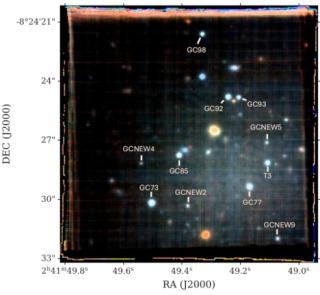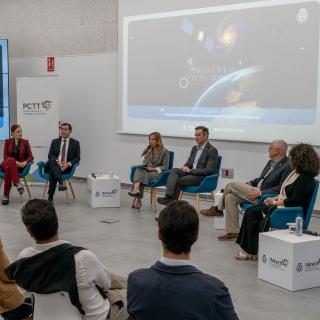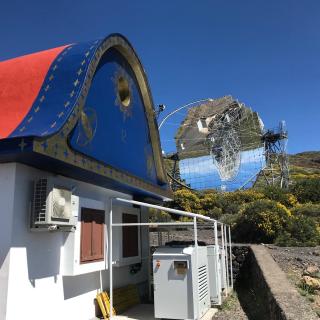
The director of the Instituto de Astrofísica de Canarias (IAC), Professor Valentín Martínez Pillet, has been appointed Corresponding Academician of the Royal Academy of Exact, Physical, and Natural Sciences of Spain . This recognition recognizes his career and contributions to the scientific field. This follows the recent appointment of Antxón Alberdi Odriozola, current director of the Institute of Astrophysics of Andalusia , who has also been elected Corresponding Academician of the same institution. With these new appointments, the presence of astronomers in the Royal Academy of Sciences
Advertised on




